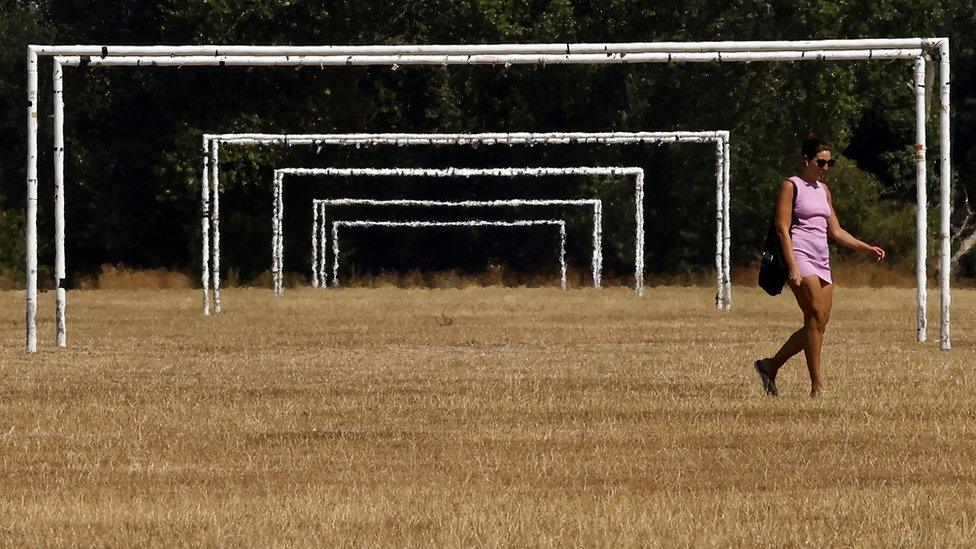Longer summers could mean increased drought risk, says Met Office
- Published
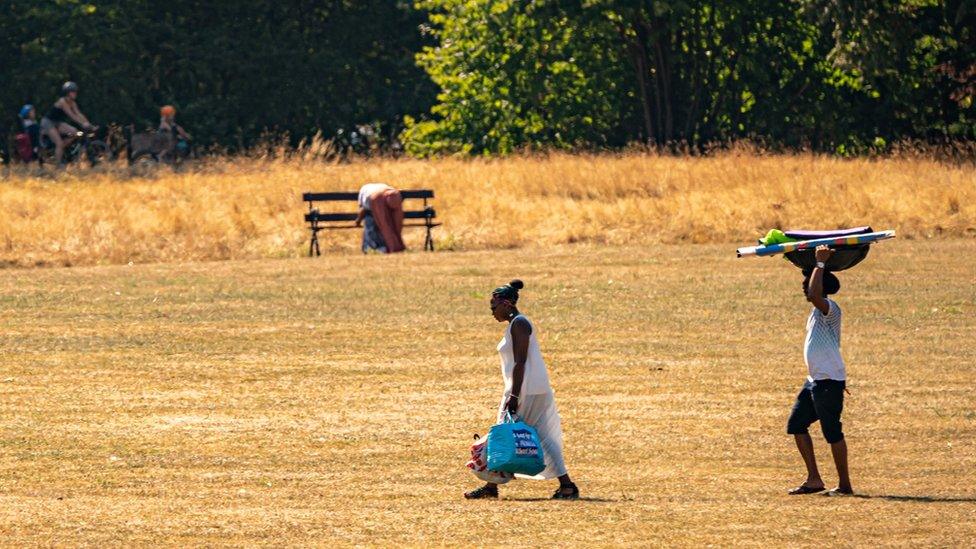
A drought has been declared across South West England
Future summers could last longer with an increased risk of drought, according to the Met Office.
Research found that summer-like weather patterns will also lead to warmer and drier autumns from the mid-2020s.
It comes as Bristol, Somerset, Dorset, south Gloucestershire and parts of Wiltshire have been moved to drought status.
The Environment Agency said it follows some of the driest conditions in nearly 90 years.
Lead scientist behind the study, Daniel Cotterill, said: "Using climate models and the UK Climate Projections, our research found that the largely 'summer-like' weather patterns - bringing drier conditions - will begin to extend into the start of autumn.
"And weather patterns such as those dominated by large low-pressure systems will tend to occur slightly less in autumn in future.
"Although we don't expect to see this shift in pattern imminently, a key finding from this study is that from the mid-2020s warmer and drier autumns following hotter and drier summers could increase drought risk."

The map shows area of drought in the Wessex area
The study also shows that while the UK is likely to see less rainfall in autumn on average, there will also be an increased likelihood of extreme rainfall events between the drier periods.
Eleven of the 14 Environment Agency areas in England are currently in drought status, with the rest of the South West - Devon, Cornwall and Isle of Scilly - already designated as being in drought earlier this month.
Chris Paul, the Environment Agency's area drought lead, said: "Despite some heavy rain over the past two weeks, it has not been enough to refill our rivers and aquifers.
"River levels across our Wessex area are exceptionally low - many showing the lowest flows on record.
"This places incredible strain on local wildlife and this is why we are moving to drought status."
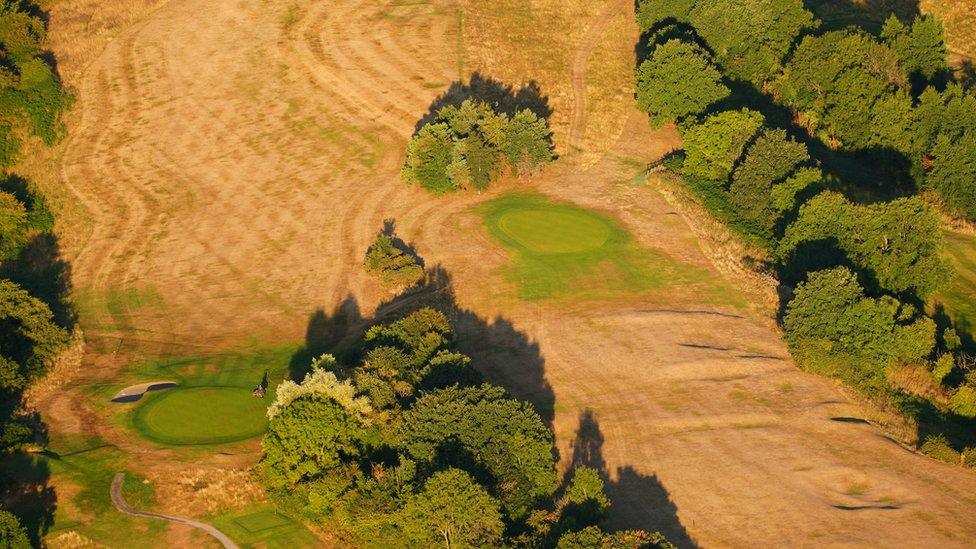
Land across South West England has been left parched by the hot weather
It comes after the driest July since 1935 across England, with monthly rainfall for the majority of river catchments exceptionally low for the time of year.
The extremely hot dry conditions have hit crops, fuelled wildfires and led to a large increase in demand for water.
Experts have said sufficient rainfall over the autumn and winter would replenish rivers, lakes, groundwater and reservoirs to normal levels by spring, but planning should begin now on how to manage shortfalls next year if the coming months are dry.

Follow BBC West on Facebook, external, Twitter, external and Instagram, external. Send your story ideas to: bristol@bbc.co.uk , external
Related topics
- Published30 August 2022
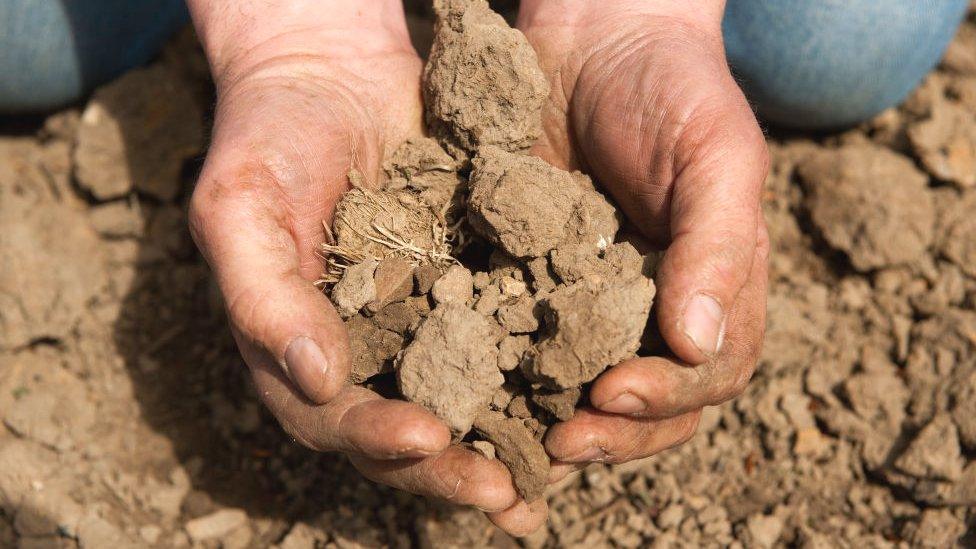
- Published16 June 2023
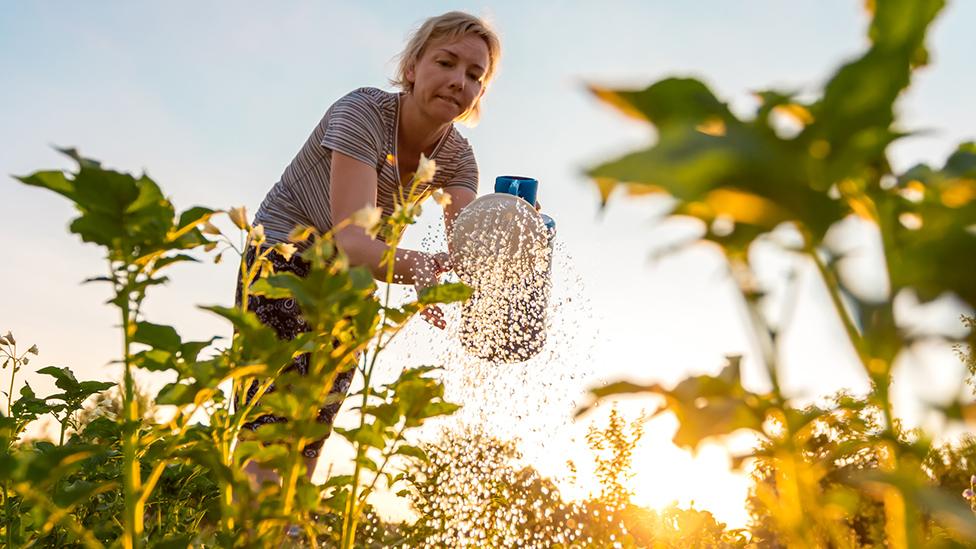
- Published30 August 2022
